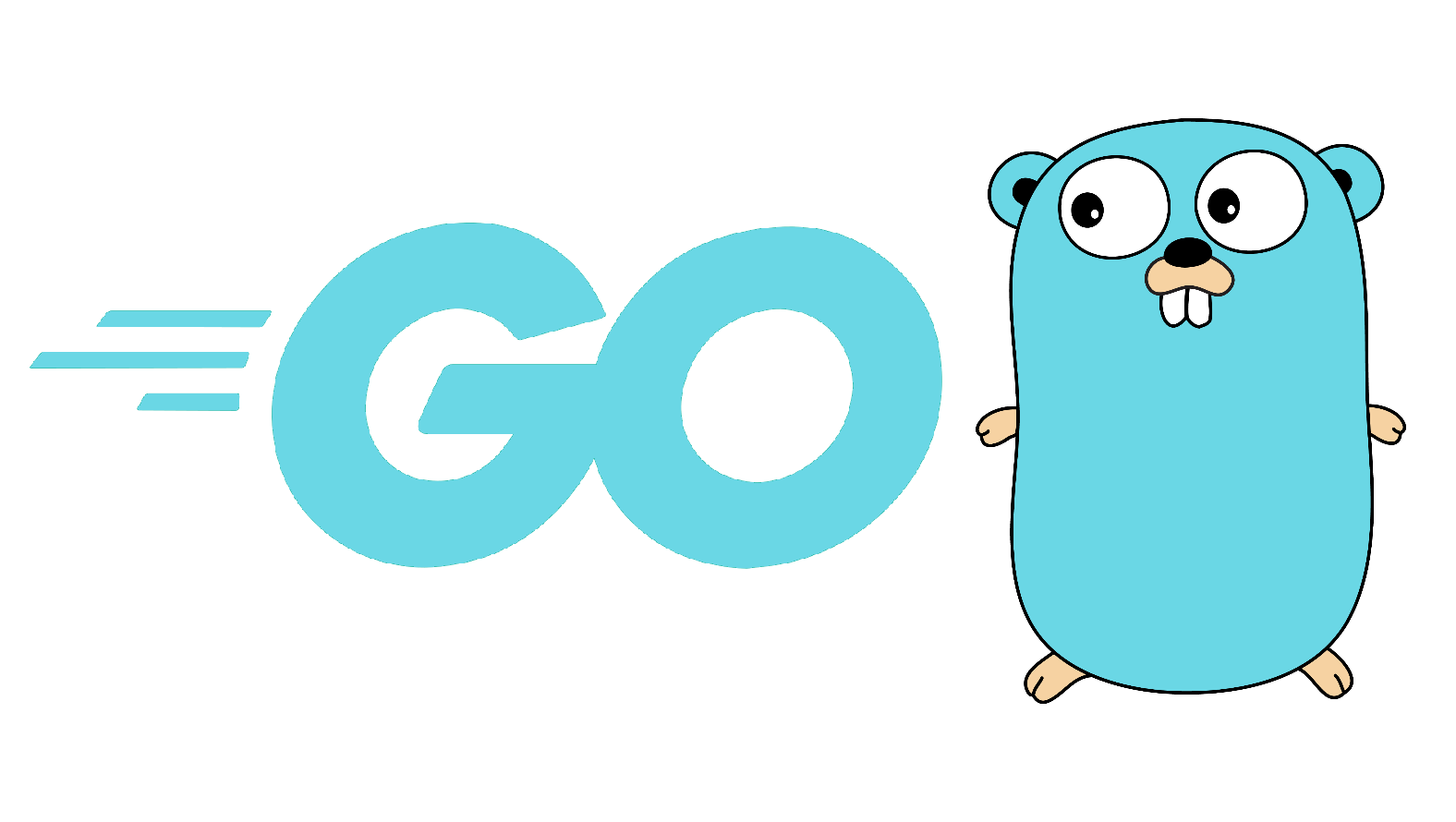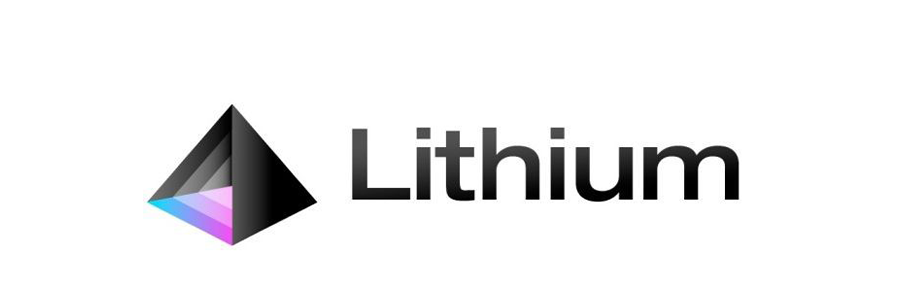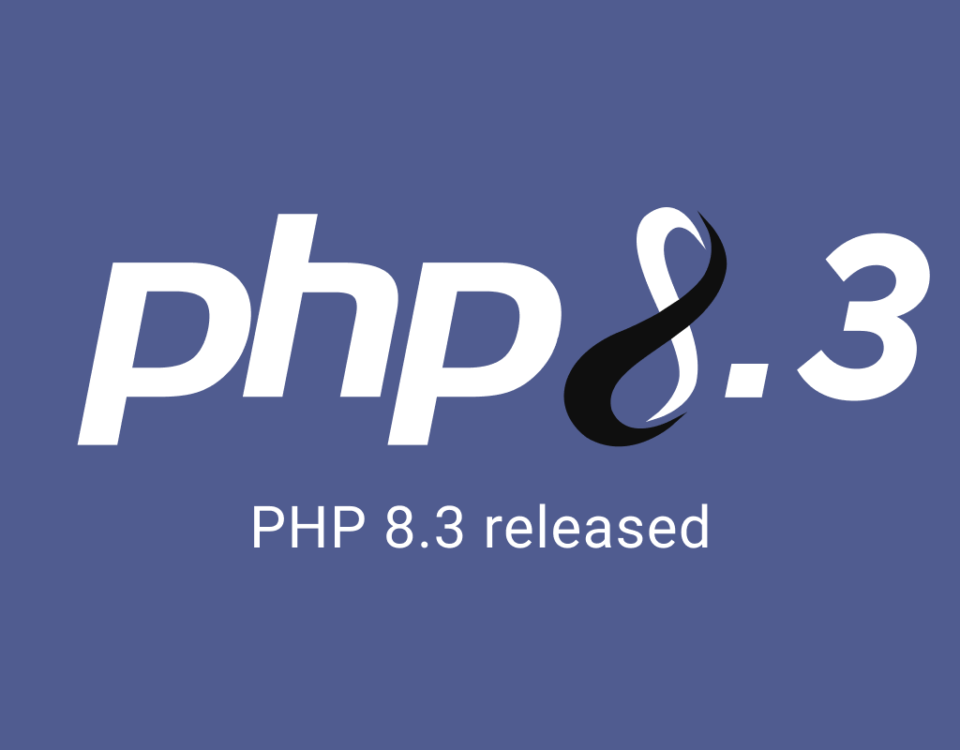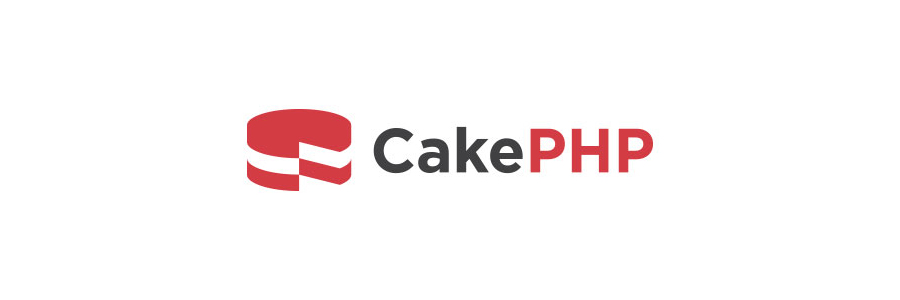
Why Use the Go Language for Your Project?
8th June 2021
A Never-Ending Battle Of PHP Vs. Java: Which Is Best To Choose?
11th June 2021li3 — Lithium Framework is the fast, flexible and most RAD development framework for PHP.
What is the RAD Framework?
Rapid-Application Development (RAD), also called Rapid-application building (RAB), is both a general term, used to refer to adaptive software development approaches, as well as the name for James Martin’s approach to rapid development. In general, RAD approaches to software development put less emphasis on planning and more emphasis on an adaptive process. Prototypes are often used in addition to or sometimes even in place of design specifications.
In other terms,
RAD frameworks are a set of libraries, functions, classes, and reusable objects based on rapid application development methodology. RAD frameworks help save time, as well as organize and streamline development. Instead of having to develop libraries and functions from scratch, frameworks accelerate the process.
RAD uses predefined prototyping techniques and tools to produce software applications.
Methodologyis —
RAD used to expedite software application development, In the manner of;
I hope this definition may help to understand and clear you views about RAD frameworks related.
Now let’s get back to our article about Li3 — Lithium Framework —
If you know and have experience with the CodeIgniter framework, then your work with li3 becomes very simpler.
History and How it’s developed in real world:
In October 2009, CakePHP project manager Garrett Woodworth and developer Nate Abele resigned from the project to focus on li3, a framework code base originally being developed at the CakePHP project as Cake3.
Together with Joël Perras, Alexander Morland, David Persson, Jon Adams, Mariano Iglesias, Jon Anderson and Jeff Loiselle they founded the Union of RAD. The Union of RAD is quite simply described as a community of developers dedicated to helping each other write better software.
Over the years many many more excellent contributors have joined the project, brought it further and keep it alive.
In 2012 the project gained official sponsorship from Engine Yard.
In January 2014 the project underwent a rebranding effort during which it changed its name to li3 which some pronounce [lith-ee-uh m].
Technology stacks and Technical views of Li3:
Li3 stand for extra ordinary features like;
1) A framework of firsts
2) Promiscuously opinionated
3) Technology
4) Flexibility
li₃ is the first and only major PHP framework built from the ground up for PHP 5.3+, and the first to break ground into major new technologies, including bridging the gap between relational and non-relational databases through a single, unified API.
li₃ is the first framework to give you the best of both worlds, without compromising either. In fact, the framework’s API is intentionally designed to allow you to “grow out of” the framework and into your own custom code over the course of your application’s lifecycle, if your needs require.
li₃ takes full advantage of the latest PHP language features, including namespaces, late static binding and closures. li₃’s innovative method filter system makes extensive use of closures and anonymous functions to allow application developers to “wrap” framework method calls, intercepting parameters before, and return values after.
The framework also complies with PSR-4, the PHP namespacing standard, allowing you to easily integrate other PHP standard libraries and frameworks with your applications, and vice-versa.
The framework integrates the latest storage technologies, including MongoDB, CouchDB and Redis, with plugin support for Cassandra, ElasticSearch and others.
li₃ gives you full control over your application, from filters to dynamically modify framework internals, to dynamic dependencies to extend and replace core classes with application or plugin classes, to heavy use of adapter-oriented configurations, to make it seamless to move between different technologies and options.
Every component of the framework stack is replaceable through the robust plugin architecture. Swap out the default ORM / ODM implementation for Doctrine 2 or PHP ActiveRecord. Don’t like the templating? Use Twig, Mustache, or roll your own.
If you don’t even need to write a full application, build a micro-app in a single file using the routing system, without giving up the maintainability of the framework’s structure.





